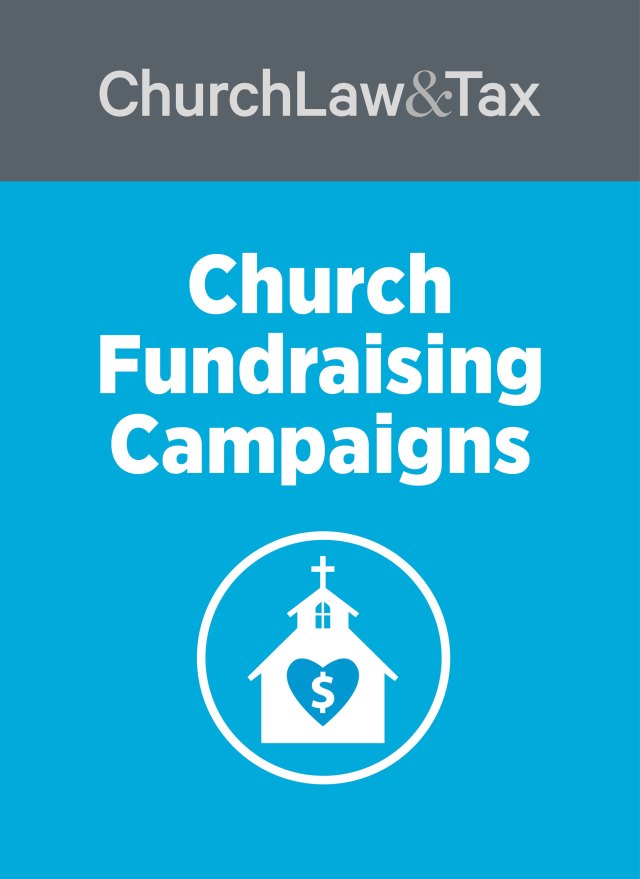Background. A bankruptcy trustee can reject a debtor’s attempt to discharge debts through bankruptcy if doing so would be a “substantial abuse” of the bankruptcy law. “Substantial abuse” exists if a debtor has sufficient “disposable income” to pay off debts within a reasonable time. In the past, many courts ruled that it would be a substantial abuse of the bankruptcy law to permit debtors to reduce their disposable income by their church contributions. These courts denied bankruptcy protection to debtors who insisted on making contributions to their church.
Congress sought to fix this problem by enacting the Religious Freedom and Charitable Donation Protection Act in 1998. The Act specifies that disposable income does not include charitable contributions of up to 15 percent of a debtor’s income (or more, if the debtor can demonstrate a consistent practice of giving more). This was good news for churches, since it meant that members who file for bankruptcy can continue to make contributions to their church.
In 2005 Congress enacted the most massive revision of the bankruptcy code in decades. The Bankruptcy Abuse Prevention and Consumer Protection Act did not appear to change the important protections contained in the Religious Freedom and Charitable Donation Protection Act, but, in August of 2006, a federal district court in New York said that it did. In re Diagostino, 347 B.R. 116 (N.D.N.Y. 2006). The court concluded that the amendments to the bankruptcy code made by the Bankruptcy Abuse Prevention and Consumer Protection Act of 2005 had the effect of eliminating the provision in the Religious Freedom and Charitable Donation Protection Act of 1998 defining disposable income to exclude charitable contributions of up to 15 percent of a debtor’s income (or more, if the debtor can demonstrate a consistent practice of giving more).
The court’s ruling meant that many church members would be denied the protections of the bankruptcy code if they wanted to continue making charitable contributions to their church.
Congress acts. Within a month of the Diagostino ruling, Senators Hatch (R-UT) and Obama (D-IL) introduced the Religious Liberty and Charitable Donation Clarification Act of 2006 in the United States Senate. This legislation was passed by both houses of Congress late in 2006 and signed into law by the President.
The Act amends the bankruptcy code to clarify that the Bankruptcy Abuse Prevention and Consumer Protection Act of 2005 does not affect the provision in the Religious Freedom and Charitable Donation Protection Act defining disposable income to exclude charitable contributions of up to 15 percent of a debtor’s income (or more, if the debtor can demonstrate a consistent practice of giving more).
Example. Brad files a “chapter 7” bankruptcy petition. Brad’s plan states that he will use all available “disposable income” to pay his creditors during the three-year period following the approval of his plan. But the plan permits Brad to continue making contributions to his church, which in the past have averaged ten percent of his income. Some creditors object to the plan, and demand that the court reject it, since Brad will be making contributions to his church rather than using these funds to pay off his lawful debts. The Religious Liberty and Charitable Donation Protection Act specifies that the court cannot reject Brad’s bankruptcy plan because of the charitable contributions—since the contributions are less than 15 percent of his gross annual income. Congress confirmed this interpretation of the law in 2006 by enacting the Religious Liberty and Charitable Donation Clarification Act.
This article first appeared in Church Treasurer Alert, February 2007.




